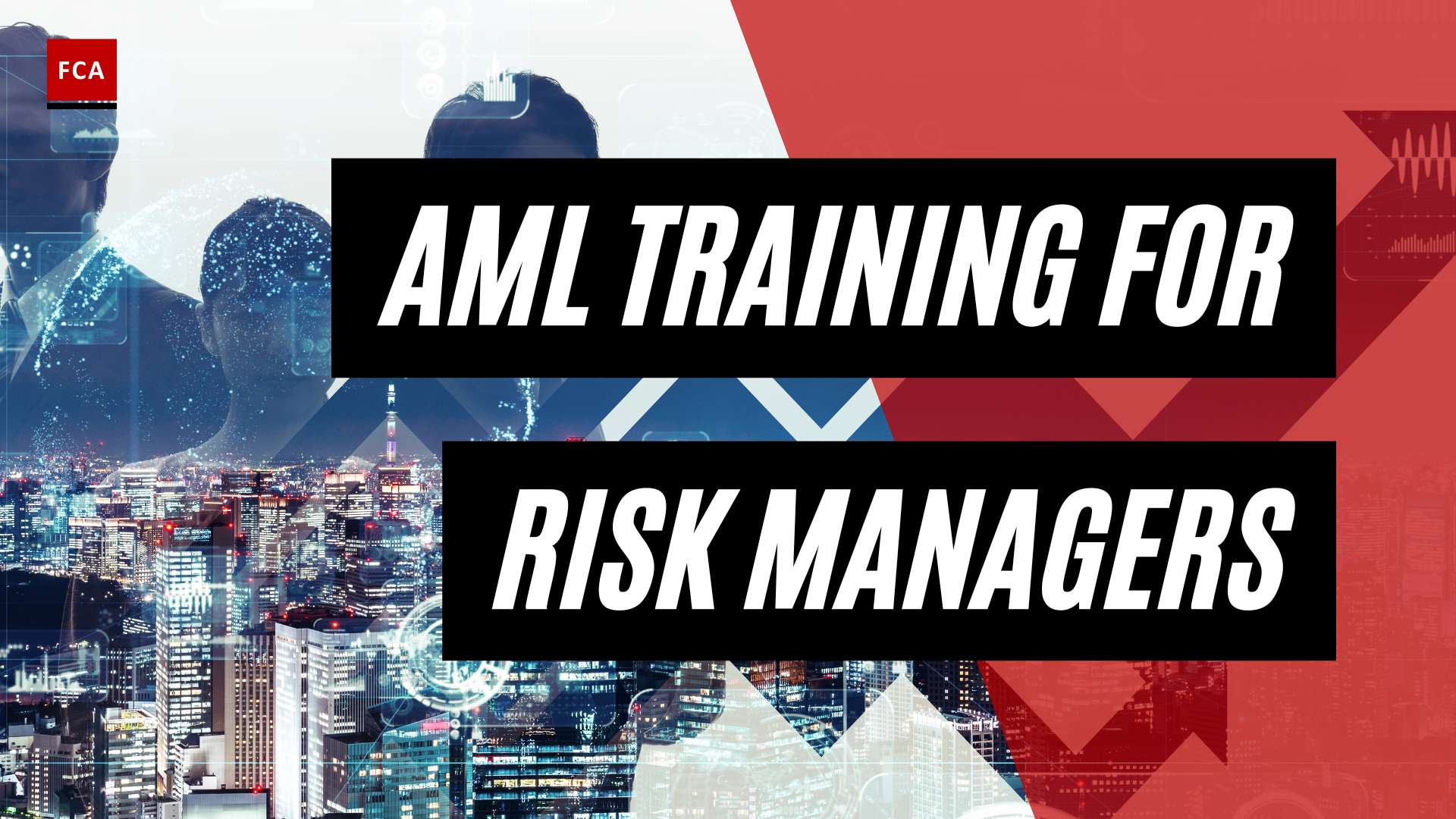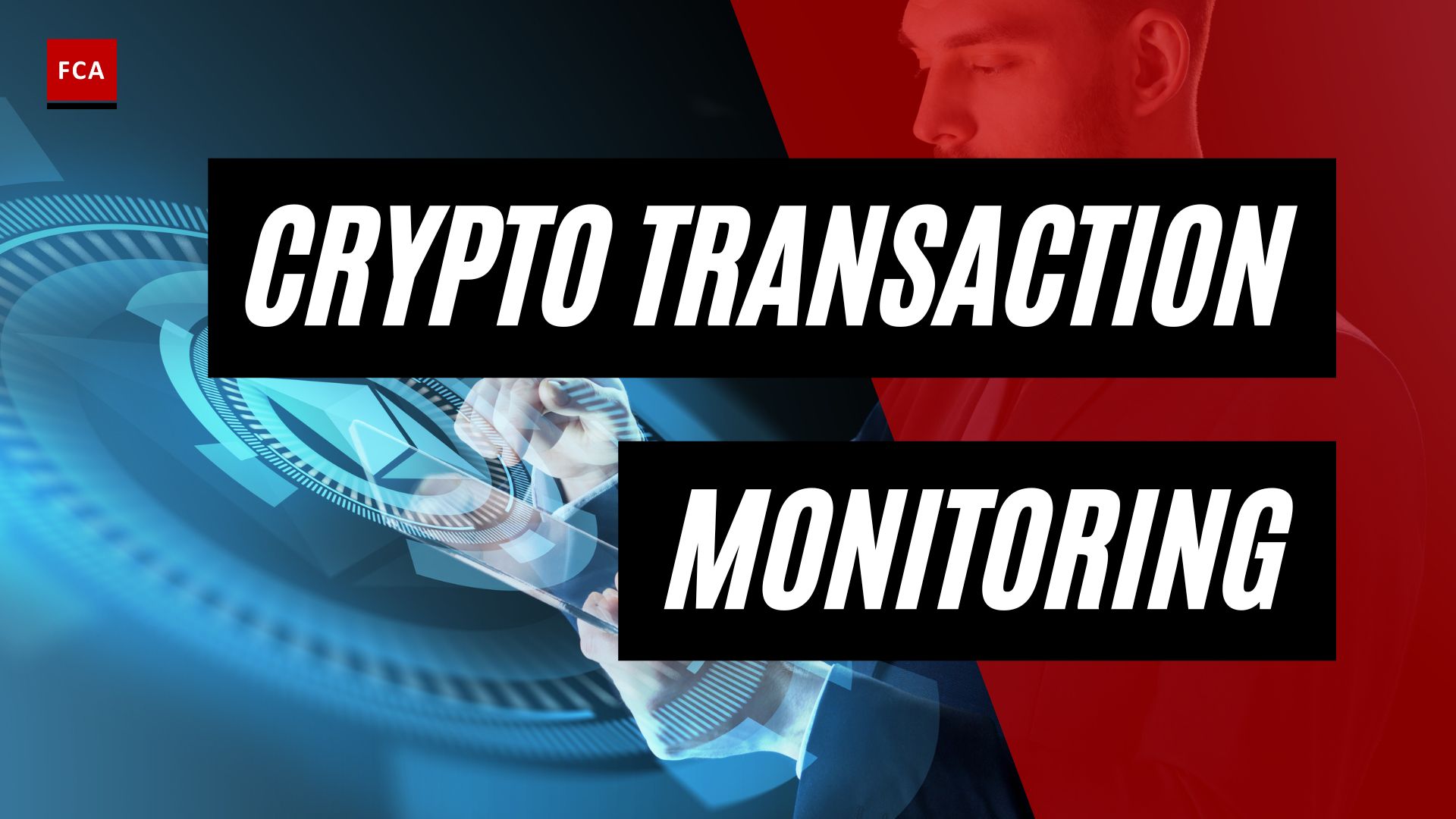AML in Cryptocurrency Exchanges
Cryptocurrency exchanges have become a significant focal point for Anti-Money Laundering (AML) efforts due to the nature of digital currencies and their potential misuse for illicit activities. It is crucial for these exchanges to understand and implement effective AML measures to combat money laundering and terrorist financing risks. This section will cover the basics of AML, the challenges specific to the cryptocurrency industry, and the importance of implementing AML best practices.
Understanding Anti-Money Laundering (AML)
Anti-Money Laundering refers to a set of laws, regulations, and procedures designed to prevent and detect the illegal process of making illicitly obtained funds appear legitimate. The aim of AML is to deter criminals from using the financial system to launder money and finance illegal activities. AML regulations require financial institutions, including cryptocurrency exchanges, to implement robust measures to identify and mitigate money laundering risks.
AML Challenges in the Cryptocurrency Industry
The cryptocurrency industry presents unique challenges for AML efforts. The decentralized and pseudonymous nature of cryptocurrencies can make it difficult to trace and identify the individuals involved in transactions. This anonymity can attract criminals seeking to exploit the system for illegal purposes, including money laundering. Additionally, the global nature of cryptocurrency transactions and the lack of consistent regulatory frameworks across jurisdictions pose further challenges for effective AML implementation.
Importance of Implementing AML Best Practices
Implementing AML best practices is crucial for cryptocurrency exchanges to ensure compliance with regulatory requirements and protect their operations from illicit activities. By effectively implementing AML measures, exchanges can safeguard their reputation, reduce legal and financial risks, and contribute to the overall integrity and stability of the cryptocurrency industry.
Adopting AML best practices involves various elements, including customer due diligence (CDD) and Know Your Customer (KYC) procedures, transaction monitoring, suspicious activity reporting (SAR), and a risk-based approach to compliance. These practices help exchanges identify and verify the identities of their customers, monitor transactions for suspicious patterns, and report any suspicious activities to the appropriate authorities.
By adhering to AML best practices, cryptocurrency exchanges can demonstrate their commitment to combating money laundering, protect their users’ funds, and contribute to the development of a more secure and trusted digital asset ecosystem. To learn more about AML compliance for cryptocurrency exchanges, refer to our article on AML compliance for crypto exchanges.
In the next section, we will delve into specific AML best practices that cryptocurrency exchanges can implement to enhance their compliance efforts.
AML Best Practices for Cryptocurrency Exchanges
To effectively combat money laundering and illicit activities in the cryptocurrency industry, implementing robust anti-money laundering (AML) measures is crucial. Cryptocurrency exchanges play a vital role in this regard, and adhering to AML best practices is essential for maintaining a secure and compliant environment. Here are three key best practices that cryptocurrency exchanges should consider:
Customer Due Diligence (CDD) and Know Your Customer (KYC)
Customer due diligence (CDD) and know your customer (KYC) procedures are fundamental components of AML programs for cryptocurrency exchanges. These practices involve verifying the identity of customers and assessing the potential risks associated with their transactions.
By implementing thorough CDD and KYC procedures, exchanges can gather necessary information about their customers, such as their full name, address, and date of birth. This information helps in establishing the customer’s identity and conducting risk assessments. Additionally, conducting ongoing monitoring of customer transactions can help identify any suspicious activities.
| CDD and KYC Best Practices for Cryptocurrency Exchanges |
|---|
| 1. Collect complete and accurate customer information during the onboarding process. |
| 2. Verify customer identities using reliable and secure methods. |
| 3. Conduct ongoing monitoring of customer transactions for suspicious activities. |
| 4. Implement risk-based approaches to prioritize higher-risk customers for enhanced due diligence. |
For more detailed information on AML compliance for cryptocurrency exchanges, you can refer to our article on aml compliance for crypto exchanges.
Transaction Monitoring and Suspicious Activity Reporting (SAR)
Effective transaction monitoring is a crucial aspect of AML programs for cryptocurrency exchanges. By continually monitoring transactions, exchanges can detect and flag any suspicious activities that may indicate money laundering or other illicit behavior.
Transaction monitoring systems utilize various risk indicators and algorithms to identify potentially suspicious patterns, such as large transactions, frequent transfers, or transactions involving high-risk jurisdictions. When suspicious activities are detected, exchanges should promptly report them to the relevant authorities through suspicious activity reports (SARs).
| Transaction Monitoring and SAR Best Practices for Cryptocurrency Exchanges |
|---|
| 1. Implement robust transaction monitoring systems to detect suspicious activities. |
| 2. Define and update risk indicators and algorithms based on industry best practices. |
| 3. Train employees to recognize and report suspicious activities through SARs. |
| 4. Establish proper procedures for filing SARs with regulatory bodies. |
For more information on AML monitoring for crypto transactions, you can refer to our article on aml monitoring for crypto transactions.
Risk-Based Approach and Enhanced Due Diligence (EDD)
Adopting a risk-based approach is crucial for effectively managing AML risks in cryptocurrency exchanges. This approach involves conducting risk assessments to identify higher-risk customers, transactions, and jurisdictions. By focusing resources on higher-risk areas, exchanges can prioritize their due diligence efforts and implement enhanced due diligence (EDD) measures when necessary.
Enhanced due diligence involves conducting more thorough investigations and gathering additional information about customers and their transactions. This may include source of funds, purpose of transactions, and beneficial ownership. By implementing EDD measures, exchanges can better mitigate the risks associated with higher-risk customers or transactions.
| Risk-Based Approach and EDD Best Practices for Cryptocurrency Exchanges |
|---|
| 1. Conduct regular risk assessments to identify and assess AML risks. |
| 2. Implement enhanced due diligence measures for higher-risk customers and transactions. |
| 3. Continuously monitor and update risk assessments based on changing circumstances. |
| 4. Maintain proper documentation of risk assessments and EDD processes. |
For more information on AML guidelines and requirements for cryptocurrency exchanges, you can refer to our article on cryptocurrency aml guidelines.
By implementing these best practices, cryptocurrency exchanges can enhance their AML programs and contribute to a more secure and compliant cryptocurrency ecosystem. However, it’s important to note that AML requirements may vary by jurisdiction, and exchanges should stay informed about the relevant anti-money laundering regulations in crypto to ensure compliance.
Implementing Effective AML Programs
To combat money laundering risks in the cryptocurrency industry, it is vital for cryptocurrency exchanges to implement effective Anti-Money Laundering (AML) programs. These programs help exchange operators and businesses establish robust systems and processes to detect and prevent illicit financial activities. Here are three key components of effective AML programs for cryptocurrency exchanges.
Building a Strong Compliance Culture
Building a strong compliance culture is crucial for the success of any AML program. It starts with creating a top-down commitment to compliance from senior management. This commitment should be reflected in the organization’s policies, procedures, and code of conduct. By fostering a culture that prioritizes ethical behavior and compliance with regulatory requirements, cryptocurrency exchanges can set the tone for their employees and stakeholders.
To build a strong compliance culture, exchanges should establish training programs that educate employees on AML regulations, the importance of AML compliance, and the potential consequences of non-compliance. Encouraging open communication channels and anonymous reporting mechanisms can also help employees feel comfortable reporting suspicious activities. Additionally, regular internal audits and compliance reviews can help identify areas for improvement and ensure adherence to established AML policies and procedures.
Training and Awareness for Employees
Training and awareness play a significant role in ensuring that employees are equipped with the necessary knowledge and skills to detect and report suspicious activities. Exchanges should provide comprehensive training programs that cover AML regulations, red flag indicators, customer due diligence (CDD) procedures, and the reporting of suspicious transactions.
Training programs should be tailored to the specific roles and responsibilities of employees within the exchange. For example, customer-facing staff should receive training on conducting thorough customer due diligence and recognizing potential money laundering patterns. Technology teams should be educated on the risks associated with cryptocurrencies and the importance of implementing robust transaction monitoring systems.
Regular refresher training sessions should be conducted to keep employees up to date with the latest AML trends and regulatory changes. This ensures that the exchange remains vigilant and proactive in preventing money laundering activities.
Regular Audits and Compliance Reviews
Regular audits and compliance reviews are essential to evaluate the effectiveness of an exchange’s AML program and identify areas for improvement. These audits can be conducted internally or by engaging external auditors with expertise in AML compliance for cryptocurrency exchanges.
During audits, exchanges should assess the implementation of AML policies and procedures, the effectiveness of transaction monitoring systems, and the completeness and accuracy of customer due diligence records. Auditors can also identify gaps in the AML program and recommend remedial actions to address those gaps.
By conducting regular audits and compliance reviews, cryptocurrency exchanges can demonstrate their commitment to AML compliance, ensure adherence to regulatory requirements, and continuously improve their AML programs.
Implementing effective AML programs requires a comprehensive approach that includes building a strong compliance culture, providing training and awareness for employees, and conducting regular audits and compliance reviews. By incorporating these best practices, cryptocurrency exchanges can enhance their ability to detect and prevent money laundering activities within the industry.
Technology Solutions for AML Compliance
In the ever-evolving landscape of cryptocurrency, implementing effective anti-money laundering (AML) practices is crucial for maintaining integrity and ensuring regulatory compliance. Technology solutions play a vital role in enhancing AML compliance efforts within cryptocurrency exchanges. Let’s explore some of the key technology solutions utilized in the industry.
Blockchain Analytics and Monitoring Tools
Blockchain analytics and monitoring tools are essential for detecting and preventing illicit activities within cryptocurrency transactions. These tools utilize advanced algorithms and data analysis techniques to identify suspicious patterns and flag potentially fraudulent transactions. By analyzing the blockchain, these tools can track the flow of funds and identify any unusual or high-risk activities.
Blockchain analytics tools provide valuable insights into transaction history, allowing exchanges to assess the risk associated with specific addresses or entities. They can also help identify wallet addresses linked to known illicit activities or entities on watchlists. By leveraging these tools, exchanges can proactively identify and report suspicious transactions, mitigating the risk of money laundering and illicit activities.
Risk Assessment Tools
Risk assessment tools play a vital role in evaluating the level of risk associated with customers and transactions. These tools utilize various parameters to assess risk, such as transactional behavior, geographical factors, and customer profiles. By assigning risk scores to customers and transactions, exchanges can prioritize their AML efforts and allocate resources effectively.
Risk assessment tools enable exchanges to implement a risk-based approach to AML compliance. By focusing on high-risk customers and transactions, exchanges can enhance their due diligence efforts and implement additional measures when necessary. This targeted approach ensures that resources are allocated where they are most needed, optimizing the effectiveness of AML compliance programs.
AML Compliance Software
AML compliance software provides a comprehensive solution for managing and streamlining AML compliance efforts within cryptocurrency exchanges. These software solutions typically encompass various functionalities, including customer due diligence (CDD), transaction monitoring, and suspicious activity reporting (SAR).
With AML compliance software, exchanges can automate and streamline their AML processes, reducing manual efforts and human errors. These software solutions often integrate with external data sources, allowing exchanges to access relevant information for customer verification and risk assessment. By consolidating AML activities within a single platform, exchanges can ensure consistency, efficiency, and accuracy in their compliance efforts.
It’s important for cryptocurrency exchanges to select AML compliance software that aligns with their specific needs and regulatory requirements. Compliance software should be regularly updated to keep pace with evolving regulations and emerging AML risks. Additionally, exchanges should conduct regular audits and compliance reviews to ensure the effectiveness and adequacy of their technology solutions. For further information, refer to our article on crypto exchange AML audits.
By leveraging blockchain analytics and monitoring tools, risk assessment tools, and AML compliance software, cryptocurrency exchanges can strengthen their AML compliance programs. These technology solutions enable exchanges to detect and prevent money laundering activities, protect their reputation, and maintain regulatory compliance within the dynamic cryptocurrency industry.
Keeping Up with Regulatory Changes
In the ever-evolving landscape of anti-money laundering (AML) regulations, it is crucial for cryptocurrency exchanges to stay informed, engage with regulatory bodies and industry associations, and continuously improve their AML practices.
Staying Informed about AML Regulations
Cryptocurrency exchanges must proactively monitor and stay up to date with AML regulations specific to the crypto industry. Regulatory requirements can vary across jurisdictions, and it is essential to understand and comply with the AML guidelines relevant to the countries in which the exchange operates. By regularly reviewing industry-specific regulations and guidance, exchanges can ensure that their AML programs remain effective and compliant. For detailed information on cryptocurrency AML guidelines, refer to our article on cryptocurrency AML guidelines.
Engaging with Regulatory Bodies and Industry Associations
To further enhance their AML knowledge and capabilities, cryptocurrency exchanges should actively engage with regulatory bodies and industry associations. Participating in industry forums, conferences, and workshops can provide valuable insights into emerging AML trends and regulatory expectations. Collaborating with regulatory bodies and industry associations allows exchanges to contribute to the development of AML standards and best practices. Moreover, these interactions help exchanges stay informed about any updates or changes in AML regulations specific to the crypto industry. Visit our article on crypto exchange AML requirements for more details.
Continuous Improvement and Adaptation
The AML landscape is dynamic, with new money laundering techniques and regulatory developments constantly emerging. To effectively combat money laundering and adapt to evolving risks, cryptocurrency exchanges must embrace a culture of continuous improvement. This involves regularly assessing and enhancing their AML programs to address emerging threats and changing regulatory requirements.
Cryptocurrency exchanges should conduct periodic AML audits and compliance reviews to evaluate the effectiveness of their AML controls, policies, and procedures. These assessments help identify any gaps or weaknesses in the AML program and enable exchanges to take corrective actions promptly. By continuously improving their AML practices, exchanges can ensure that they stay ahead of potential illicit activities. For more information on AML compliance for crypto exchanges, refer to our article on AML compliance for crypto exchanges.
By staying informed about AML regulations, engaging with regulatory bodies and industry associations, and continuously improving their practices, cryptocurrency exchanges can effectively protect themselves and the broader financial system from money laundering risks. Adapting to regulatory changes and maintaining a robust AML program strengthens the integrity of the cryptocurrency industry and contributes to the broader fight against financial crime.








